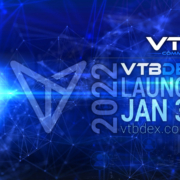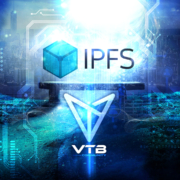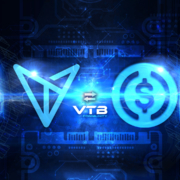Data Transfer Technologies
Digital technologies have propelled our every communication and transaction into a new era of interconnection where data is transmitted rapidly from one part of the globe to another. In that same manner, electronic transactions are gradually replacing the need for tangible bills. Indeed, money has become increasingly virtual and synonymous with mere data transmission, especially with the emergence and expansion of the digital economy.
Having become mainstream nearly around the world, these data transfer technologies now require an expansion of their availed infrastructures, enabling users to move value in a safer, more accessible and utmost convenient manner.
Globally, people are seeking improvements in the current financial system. According to a study conducted in 2015 by Accenture gathering 2000 senior decision-makers around 15 countries, their use of analytics and Cloud-based infrastructure had increased by 34% and 30%, respectively, and in doing so, their primary concerns were security and keeping pace with digital advancements. In another more recent study, because of the surge of digital network use during our global crisis, masses ask for easy access, fast delivery and increased security for everything from bill payments to sending money to loved ones without going to a financial institution.
These necessities have driven the development of online banking and other electronic payment systems; many will show up in web searches. Money, assets, and wealth have been changing, and the next generation of financial instruments and vehicles will likely be built using something like regulated blockchain technology that enforces laws and protects people from fraud.
Meanwhile, a simple internet search will show that banks are starting to adopt blockchain technology globally. Having already proven its effectiveness and given its global demand, the time has come to expand upon its initial design and avail it to the world. In that respect, we believe that our project, VTBCommunity (VTB), cannot only achieve this task but provide other innovative financial opportunities.
VTB is designed to advance the digital money infrastructure by offering a stable and predictable growth asset. It is more straightforward, user-friendly and renders a rich end-user experience while lessening the often-cumbersome cost burden otherwise charged by the current financial systems and some alternatives.
More specifically, the VTB system is based on methodically increasing the asset value, thus progressively increasing users’ net worthwhile charging a fixed fee within the VTB system. This enables an expanded purchasing power to meet their goods and services requirements. Although its inherent vision may seem somewhat utopian, or as some may think, “too good to be true,” the fact is that its design is meant to transform the financial system’s past four to five decades of macroeconomics (since Simon Kuznets won the 1972 Nobel Prize in Economics) into something new. Take inflation, for instance, even with its annual fluctuations, the cost of living has continuously risen, and this year, 2021, has seen the highest yet (macrotrends.net). In terms of perspective, the CPI inflation calculator estimated that the purchasing power of US$1.00 in 2000 had decreased to 0.60 cents in 2021[1]. That being true, one could also say that similar assets to VTBC already exist, such as “Risk-free Bonds” typically seen as United States Treasury Bonds, but the ROI is far from sufficient to help anyone become financially comfortable let alone independent.
[1] https://www.in2013dollars.com/us/inflation/2000?amount=1

 VTBCommunity Foundation
VTBCommunity Foundation VTBCommunity Foundation
VTBCommunity Foundation VTBCommunity Foundation
VTBCommunity Foundation VTBCommunity Foundation
VTBCommunity Foundation VTBCommunity Foundation
VTBCommunity Foundation VTBCommunity Foundation
VTBCommunity Foundation VTBCommunity Foundation
VTBCommunity Foundation
 VTBCommunity Foundation
VTBCommunity Foundation
 VTBCommunity Foundation
VTBCommunity Foundation VTBCommunity Foundation
VTBCommunity Foundation